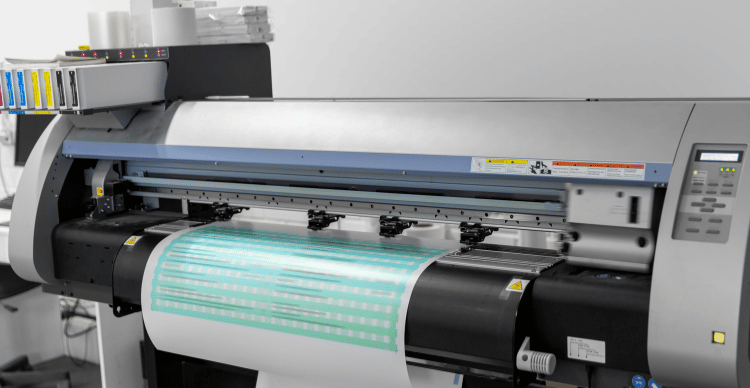Direct to Film (DTF) printing is a game-changer in the textile industry, offering
versatility, efficiency, and high-quality prints. As this technology becomes more
popular in Kuala Lumpur, choosing the right DTF printer is crucial for businesses
looking to enhance their printing capabilities. This guide will help you identify the key
factors to consider when selecting a DTF printer that meets your business needs.
- Print Quality and Resolution
The quality of the prints produced by a DTF printer is paramount. High resolution is
essential for achieving sharp, detailed images, especially when working with
complex designs or fine text. Look for printers that offer high DPI (dots per inch)
settings and advanced colour management capabilities. This ensures that the prints
not only look vibrant but also maintain colour accuracy and consistency. - Printer Speed and Productivity
Speed is a critical factor, particularly for businesses with high-volume printing needs.
Assess the printer’s speed in terms of square metres per hour to understand how
much output it can handle. A faster printer can significantly increase your production
capacity, reducing turnaround times and allowing you to fulfil more orders. - Media Compatibility
DTF printers should be compatible with a wide range of film and powder types. This
flexibility allows you to experiment with different materials and find the ones that
best suit your specific product offerings. Check if the printer can handle various film
thicknesses and powder applications, as this will impact the final product’s quality
and durability. - Ease of Use and Maintenance
The usability of a DTF printer is crucial for smooth operations. Look for printers with
user-friendly interfaces, straightforward setup processes, and minimal maintenance
requirements. Additionally, consider the level of technical support and training
provided by the manufacturer. Easy access to customer service and maintenance
support can prevent extended downtime and ensure continuous production. - Cost Efficiency
Evaluate the total cost of ownership, including initial investment, ink costs, film, and
powder expenses. While a cheaper printer might seem appealing initially, the
long-term costs due to higher consumable prices or frequent repairs can add up. It’s
important to balance upfront costs with operational expenses to find a printer that
provides the best value for money.
- Software and Connectivity
Modern DTF printers come equipped with sophisticated software that offers
enhanced functionality like detailed image editing and efficient workflow
management. Additionally, connectivity options such as USB, Ethernet, and Wi-Fi can
streamline operations and integrate seamlessly into your existing workflow. Ensure
the software is intuitive and supports your production process effectively. - After-Sales Service and Warranty
Reliable after-sales service and a comprehensive warranty are essential for
safeguarding your investment. Check the warranty length and what it covers.
Consider manufacturers like SP Tech that provide robust support and service
agreements to help maintain your printer in optimal condition. - Reviews and Recommendations
Finally, seek feedback from current users. Online reviews, testimonials, and forums
can provide insights into the printer’s performance and reliability. Networking with
industry peers at events or through online platforms can also offer valuable firsthand
information that may influence your decision.
Conclusion
Choosing the right DTF printer involves careful consideration of your business’s
specific needs and the printer’s features. By taking into account factors like print
quality, speed, compatibility, and cost efficiency, you can select a DTF printer that not
only meets but exceeds your expectations, enhancing both productivity and product
quality. SP Tech offers expertise and support in selecting the perfect DTF printer for
your business, ensuring you get the most out of this innovative technology.

